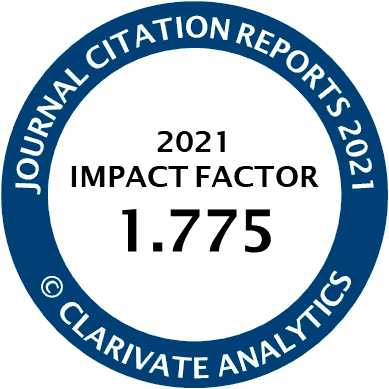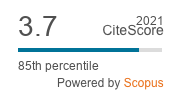Article | Open Access
| Ahead of Print | Last Modified: 13 December 2022
The Diversity of Actors in Reform Backsliding and Its Containment in the Ukrainian Hybrid Regime
| Views: | 485 | | | Downloads: | 150 |
Abstract: Numerous studies on democratic backsliding mostly focus on the state executive as a driving force. In contrast, the analysis presented here highlights the role of vested interests as the main actors behind backsliding processes in hybrid regimes. In a focused case study of anti‐corruption reforms in Ukraine, this contribution analyses the initiation of backsliding by these actors through their influence on nominally independent branches of power as well as the subtle takeover of the legislative repair process that followed. The case study is based on original semi‐structured expert interviews and document analysis. The main argument is that the distinct role played by the state executive also substantially changes the interaction between the actors involved. For the case of Ukraine, the study shows that the leverage of Western organisations in conjunction with the expertise and swift reaction of Ukrainian civil society organisations constitute a necessary precondition for the containment of backsliding attempts.
Keywords: backsliding; civil society; democracy promotion; European Union; hybrid regimes; International Monetary Fund; Ukraine; vested interests; Western donors
Published:
Ahead of Print
Issue:
Democratic Backsliding and Organized Interests in Central and Eastern Europe (Forthcoming)
© Michael Martin Richter. This is an open access article distributed under the terms of the Creative Commons Attribution 4.0 license (http://creativecommons.org/licenses/by/4.0), which permits any use, distribution, and reproduction of the work without further permission provided the original author(s) and source are credited.



